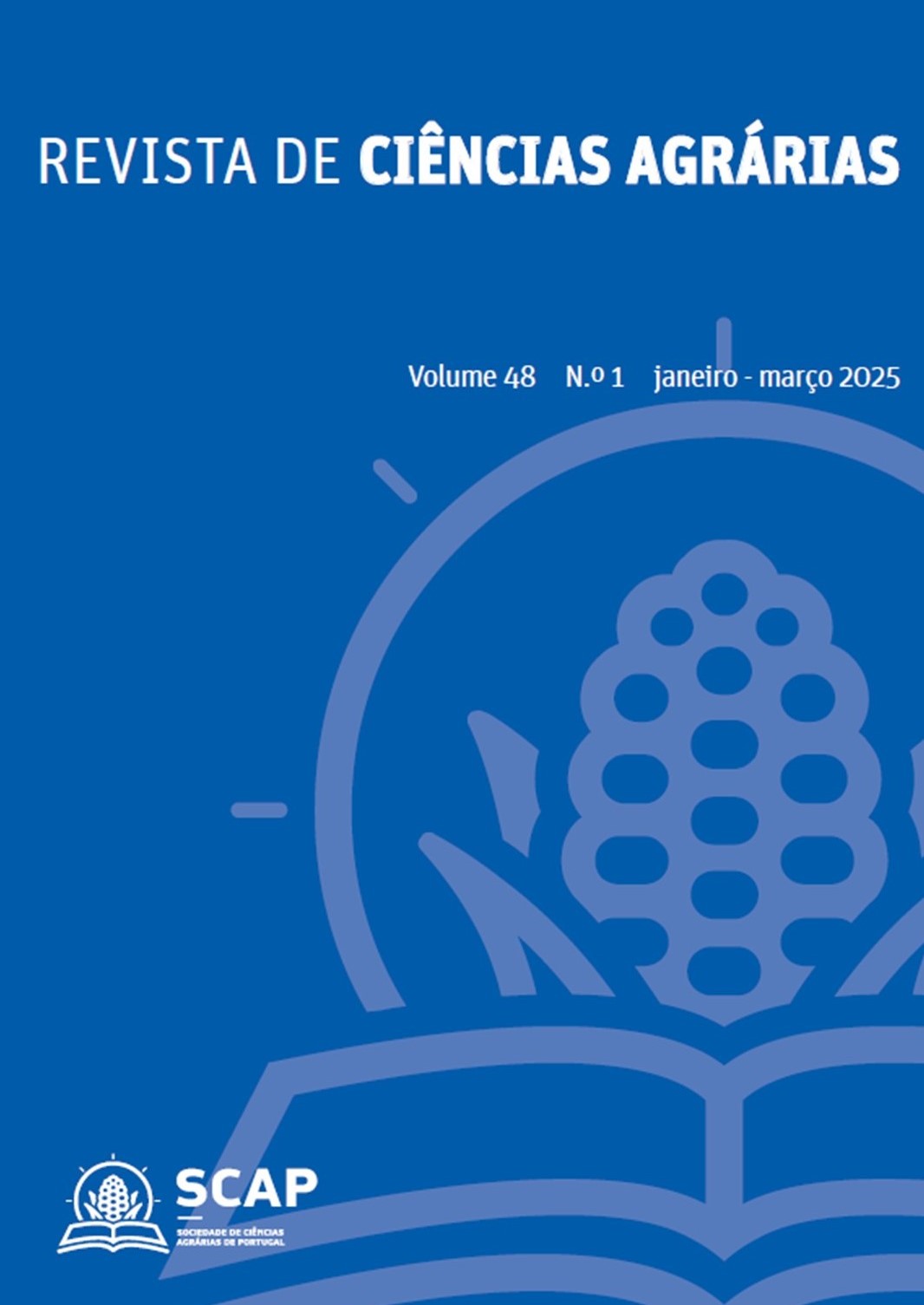Electrochemical Genosensors for Plant Species Identification: Focus on Chestnut and Heather
Electrochemical Genosensors for Plant Species Identification: Focus on Chestnut and Heather
DOI:
https://doi.org/10.19084/rca.39751Abstract
In this study, two disposables electrochemical genosensors based on the hybridization reaction between two complementary DNA probes were developed to determine the botanical origin of two plant species: Erica arborea (Heather) and Castanea sativa (Chestnut). Analyzing public databases, two sequences were specifically cut and designed to identify the heather e chestnut DNA in real samples. The genosensors' construction were carried out in three stages (i) Sensory phase: creation of a mixed self-assembled monolayer (SAM) consisting of the thiolated DNA and mercaptohexanol (MCH) on the surface of the disposable electrode; (ii) Promotion of the DNA hybridization reaction in a “sandwich” format to increase selectivity and; (iii) Electrochemical detection of the hybridization reaction through the evaluation of the reduction reaction of the tetramethylbenzidine/peroxide (TMB/H2O2) substrate. Using chronoamperometry, a linear correlation was obtained between the electrochemical current and the concentration of DNA-target probe in a 0.03 to 2.00 nmol/L range for E. arborea and 0.03 to 1.00 nmol/L for C. sativa. These genosensors detected the hybridization reaction between the synthetic and real DNA probes of both plants. Therefore, electrochemical genosensors emerge as a simple and promising analytical technique that can be used to authenticate food products that contain heather and chestnut DNA.


